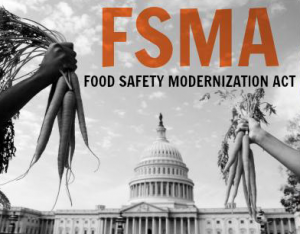The FDA has released a fact sheet with multiple resources for produce growers regarding the Food Safety Modernization Act. Included resources are:
- Produce rule
- Preventive controls rule
- Key issues (agricultural water, biological soil amendments etc.)
- Backround information on FSMA
- FDA videos and presentations
For more information click on the highlighted “fact sheet” words above.
 October 22, 2013
October 22, 2013